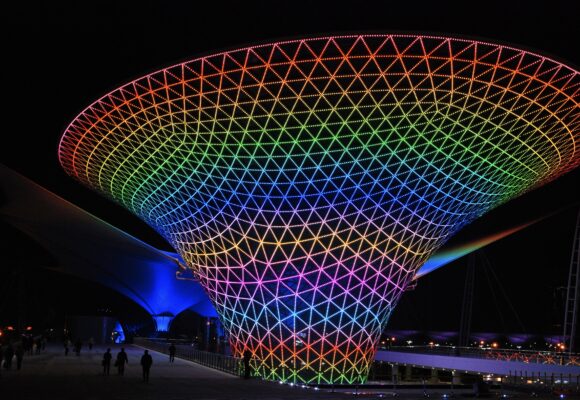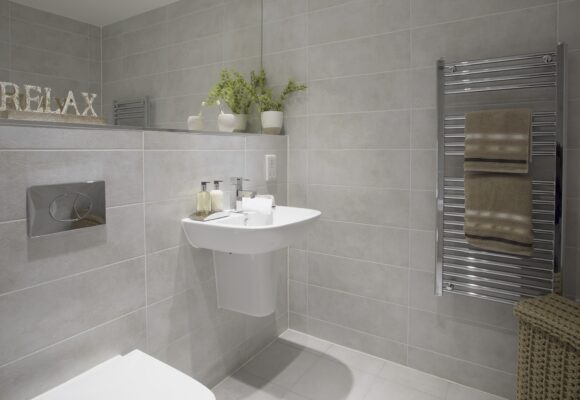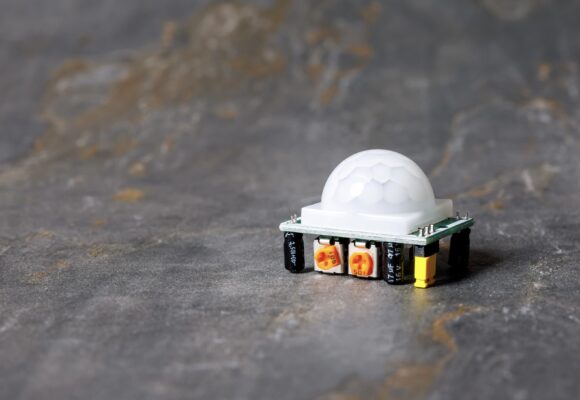How do you calculate the right amount of light for a room?
Calculating the appropriate brightness level or wattage for a room is crucial to achieving optimal illumination without overpowering the space. Understanding the factors that influence these calculations can help homeowners make informed decisions when selecting lighting fixtures. Here’s a detailed look at how to determine the right brightness level or wattage for different rooms in your home.
Factors to Consider
Several factors influence the calculation of the appropriate brightness level or wattage for a room, including the room’s size, function, natural light, and the type of activities performed in the space. By considering these factors, you can tailor your lighting choices to meet specific needs and create a comfortable and functional environment.
Room Size
The size of the room plays a significant role in determining the required brightness level. Larger rooms generally require higher wattage or multiple light sources to ensure even illumination across the space. On the other hand, smaller rooms may need fewer lights or lower wattage bulbs to avoid overwhelming the area with excessive brightness.
Room Function
The function of the room also influences the brightness level needed. For example, task-oriented spaces like kitchens and home offices require brighter, focused lighting to facilitate activities such as cooking, reading, or working on a computer. In contrast, living rooms and bedrooms often benefit from softer, ambient lighting to create a relaxed and inviting atmosphere.
Natural Light
The amount of natural light entering the room should also be considered when calculating the appropriate brightness level. Rooms with ample natural light may require less artificial lighting during the day, while rooms with limited natural light may need additional light sources or higher wattage bulbs to compensate for the lack of daylight.
Activities
The type of activities performed in the room will dictate the specific lighting needs. For example, a dining room used for formal dinners may require dimmable, ambient lighting to set the mood, while a home gym may need bright, uniform lighting to ensure safety and visibility during workouts.
Calculating Wattage Requirements
Step 1: Determine the Room Area
Start by measuring the length and width of the room in feet. Multiply these dimensions to calculate the room’s area in square feet.
Room Area = Length (ft) x Width (ft)
Alternative measurements of millimetres or metres depending on your requirements.
Step 2: Choose the Light Bulb Type
Decide on the type of light bulb you plan to use, whether LED, CFL, or incandescent. Each type has different wattage equivalents, with LEDs and CFLs generally requiring lower wattage to produce the same amount of light as incandescent bulbs.
Step 3: Calculate Initial Wattage
Multiply the room area by the recommended wattage per square foot based on the room’s function:
- General Lighting: 1.5 to 2 watts per square foot.
- Task Lighting: 2.5 to 3 watts per square foot.
- Accent Lighting: 0.5 to 1 watt per square foot
Step 4: Adjust for Natural Light and Activities
Adjust the initial wattage based on the room’s natural light and specific activities:
- Limited Natural Light: Add 10-20% to the initial wattage.
- Abundant Natural Light: Subtract 10-20% from the initial wattage.
- Task-Oriented Activities: Add 10-20% to the initial wattage.
Step 5: Consider Fixture Limitations
Keep in mind the wattage limitations of your fixtures when selecting light bulbs. Ensure that the total wattage of all bulbs in a fixture does not exceed the fixture’s maximum wattage rating to avoid potential safety hazards.
Practical Tips
- Use Dimmer Switches: Installing dimmer switches allows you to adjust the brightness levels according to your needs and mood, providing flexibility in lighting control.
- Layered Lighting: Incorporating a mix of ambient, task, and accent lighting allows for more versatile and customisable illumination, catering to different activities and atmospheres.
- Energy Efficiency: Opt for energy-efficient LED or CFL bulbs, which consume less energy and have a longer lifespan compared to traditional incandescent bulbs, saving you money in the long run.
Conclusion
Calculating the appropriate brightness level or wattage for your rooms involves a thoughtful approach that takes into account the room’s size, function, natural light, and specific activities. By following the steps outlined above and considering practical tips for layered lighting and energy efficiency, you can ensure adequate illumination without overpowering your space.
Remember to always check fixture limitations and explore adjustable lighting options like dimmer switches to achieve optimal comfort, functionality, and aesthetics tailored to your individual preferences and needs. With careful planning and the right lighting choices, you can create inviting and functional environments throughout your home that enhance your daily activities and overall well-being.




 No products in the basket.
No products in the basket. 
